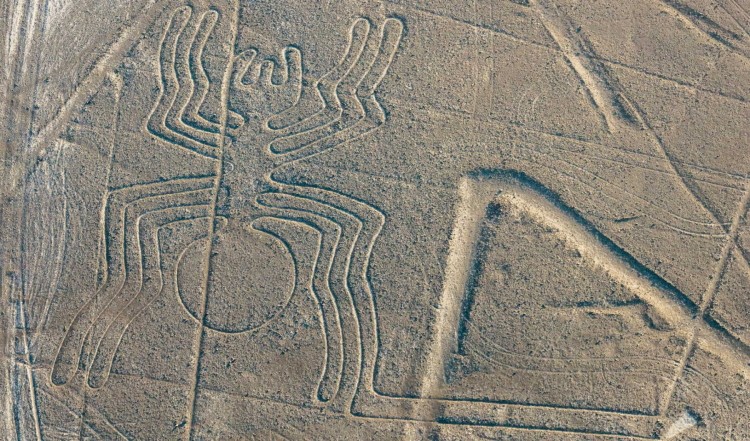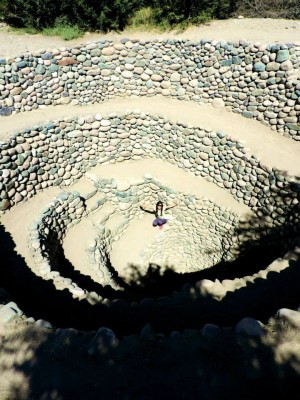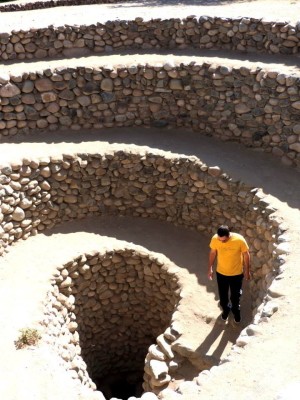Nazca Lines and Water Holes!
These days less people make it as far as the actual town of Nazca on their Peru tours because you can now fly over the Nazca Lines from Ica, which is two and a half hours (each way) closer to Lima. Yet, for those who can make the extra effort and have the time available to travel through one of the driest places on Earth, Nazca has plenty to offer besides the famous geoglyphs and is well worth it in our opinion.
This is a re-post of a past visit we took to Nazca to inspect the handful of hotels we favour for our clients. While we were there we didn’t fly over the Nazca Lines or visit the mummy cemetery (as we have many times before) but did something new that we had never offered to clients – visit the ancient “Puquios” or Inca aqueducts.
The Nazca culture flourished from between 100 BC to 800 AD and its people are noted for not only the huge figures in the desert but also their complex weavings, mummies cemeteries, mud pyramids, weird and wonderful pottery and a large system of aqueducts. The aqueducts, are very interesting to visit and I am ashamed to admit that I had not seen them before, despite many visits to Nazca.
Right next to the Nuevo Cantalloc hotel is the most complete section of Nazca aqueducts, which are in perfect working order, and I was surprised by how many there were and how much area they cover. This system of covered tunnels and circular holes provide access to groundwater in an area where rivers only have sufficient surface water two out of every seven years. In reality, this is never enough for the population of the area, so groundwater is very important.
In order to access groundwater, a trench was cut into the desert until it reached a source. The walls of this “gallery” are lined with large, round river stones, with no mortar between them, thus allowing water to seep into the gallery. This gallery is then covered with stone slabs or wooden beams and has desert earth and sand placed over that.

A flight over the Nazca Lines is one of the most spectacular things you can do in Peru
At intervals, there are circular access holes or “eyes” (ojos in Spanish) which, you can see in the photos, have a descending circular access ramp to allow water to be taken and for the cleaning of the gallery. The size of the gallery was obviously not made for western people: you would have to be very short and bent over to crawl along these passages. There is some debate about when these were constructed and by whom. In-depth research seems to suggest they were built before both the Spanish and the Incas. The water looks very clean and flows very nicely so, whoever built them, did a very good engineering job.
Visiting Nazca is not difficult but it is best done if you are en-route to Arequipa and Colca Canyon perhaps, and have a couple of nights you can add to your schedule, which we are helping you design of course. Once you are here you will be able to fly over the Nazca Lines, view the lines from a viewing tower and hill, enjoy the Nazca Lines Museum, visit the famous mummies in Chauchilla and add in the wonderful Puquios for a very complete look at this fascinating area.






